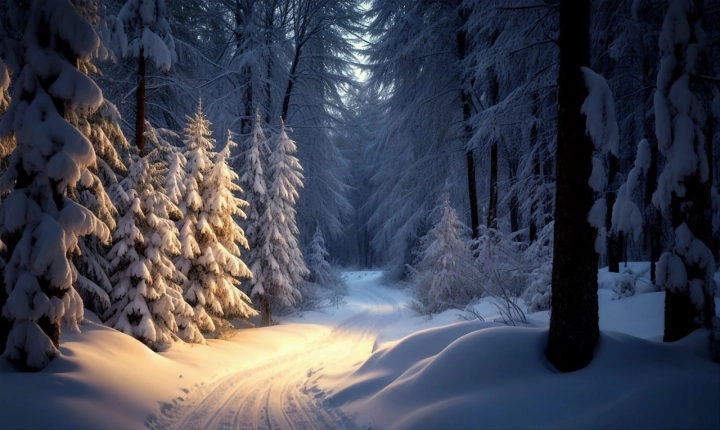Title: Expanding Artistic Horizons: How Artists Can Harness the Power of Artificial Intelligence
As technology continues to advance at a rapid pace, the world of art is evolving alongside it. One of the most impactful developments in recent years has been the integration of artificial intelligence (AI) into the creative process. While some may view AI as a threat to traditional artistic expression, many artists are embracing this powerful tool to expand their creative horizons in innovative and unexpected ways.
AI offers a wide array of opportunities for artists to explore and experiment, ultimately enhancing their work and pushing the boundaries of what is possible. From generating new ideas to providing technical assistance, AI can revolutionize the ways in which artists conceptualize, create, and distribute their art.
One of the most significant ways in which artists can utilize AI is through the generation of new and unique ideas. AI algorithms are capable of processing vast amounts of data and identifying patterns that the human mind might not easily recognize. As a result, AI can be used to inspire artists with fresh perspectives, helping them break through creative blocks and providing them with a wealth of material to draw from.
Furthermore, AI can be used to assist artists in the actual creation process. For example, AI-powered tools can analyze and manipulate images, generate music, or even produce entire pieces of writing, offering a wealth of possibilities for collaboration between artists and intelligent machines. This collaboration can lead to unexpected and compelling artistic results that would not have been achievable through traditional means alone.
In addition, AI can be a valuable asset in the realm of art curation and audience engagement. AI algorithms can analyze data from social media, online forums, and other sources to understand trends and preferences within the art community, helping artists tailor their work to resonate with their audience. Furthermore, AI can aid in the curation and recommendation of art, allowing artists to reach wider audiences and connect with individuals who may have otherwise been out of reach.
However, it’s important to note that while AI can greatly enhance the creative process, it should be used as a tool to augment, rather than replace, human creativity. The human touch and emotional connection that artists bring to their work are irreplaceable, and AI should be seen as a valuable assistant rather than a replacement for the artist’s unique vision and expression.
As AI continues to evolve, so too will its impact on the world of art. Artists who embrace and harness the power of AI stand to benefit from new sources of inspiration, technical assistance, and audience engagement. By integrating AI into their creative process, artists can expand their artistic horizons, break new ground, and create work that is truly innovative and groundbreaking. The intersection of art and technology has never been more exciting, and the possibilities for creativity are limitless when artists leverage the power of artificial intelligence.
